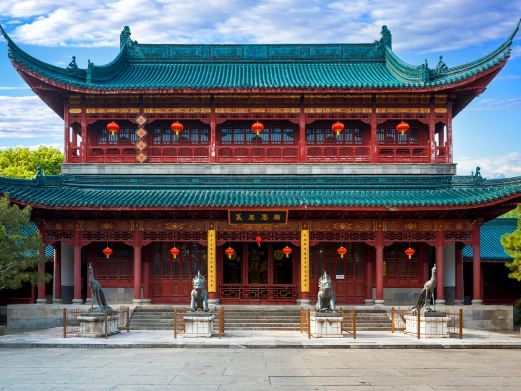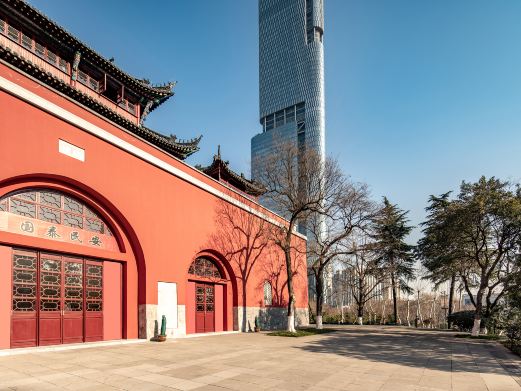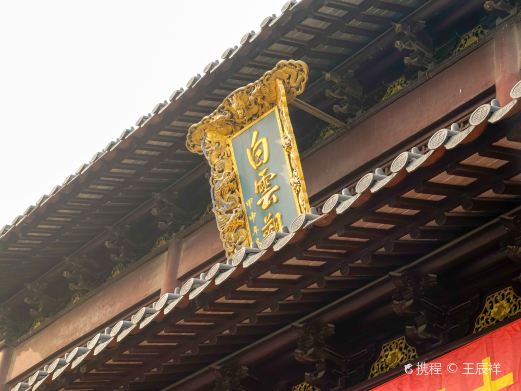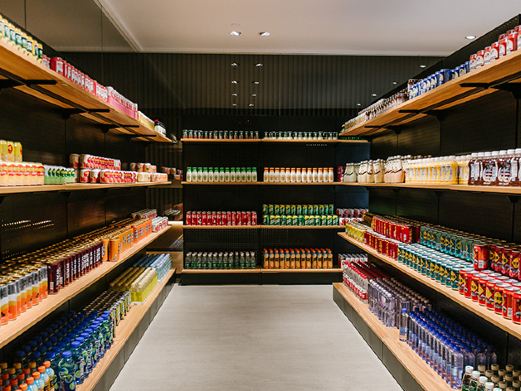When people from Shanghai mention the Suzhou River, they often feel a sense of nostalgia and emotion, tinged with a touch of vicissitude and contemplation. The former prosperity and extravagance along its banks have been replaced by new constructions. The grievances and rivalries of the foreign banks that once lined the river have long faded into history, leaving only the tranquil river itself. As a witness to modern Shanghai, the Suzhou River has preserved many representative historical buildings, such as the Waibaidu Bridge, the Shanghai General Post Office, the former British Consulate, and the former site of the Shanghai General Chamber of Commerce, forming a unique nostalgic landscape in modern Shanghai.
Once, the rise of industry along the Suzhou River led to severe pollution of the water, with the river becoming so foul-smelling that it affected the environment and daily life of the people. The urban section of the river was once devoid of fish and shrimp, earning it the nickname ‘blooming black peony.’ After a series of remediation projects, the once dormant Suzhou River has awakened. The banks are now lined with green trees, not only has the water quality improved significantly, but it also complements the historical buildings and creative parks along the river, making it an emerging landmark in Shanghai. A night cruise route on the Suzhou River has also been established.

The Suzhou River is 125 kilometers long, originating from Taihu Lake and merging into the Huangpu River near the Waibaidu Bridge. It is the second-largest river within the territory of Shanghai. Before Shanghai was opened to foreign trade, the river was known as Wusong River, specifically the downstream section east of Beixingjing was referred to as ‘Suzhou River.’ It is said that foreigners named it thus because they discovered they could travel by boat from this river to Suzhou.










